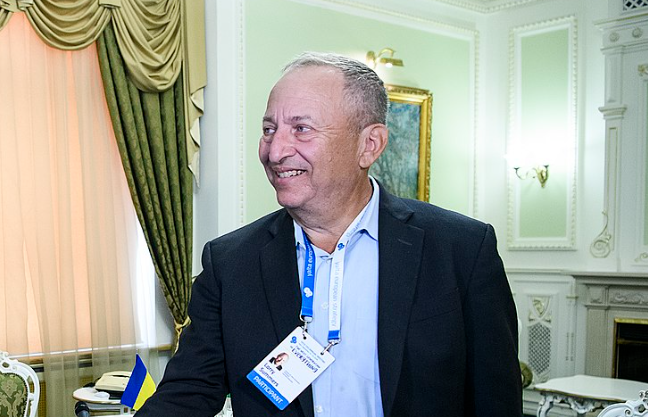A Forensic Team in Ireland, Is Uncovering the Remains of Nearly 800 Babies Found Buried in a Mother and Baby Home
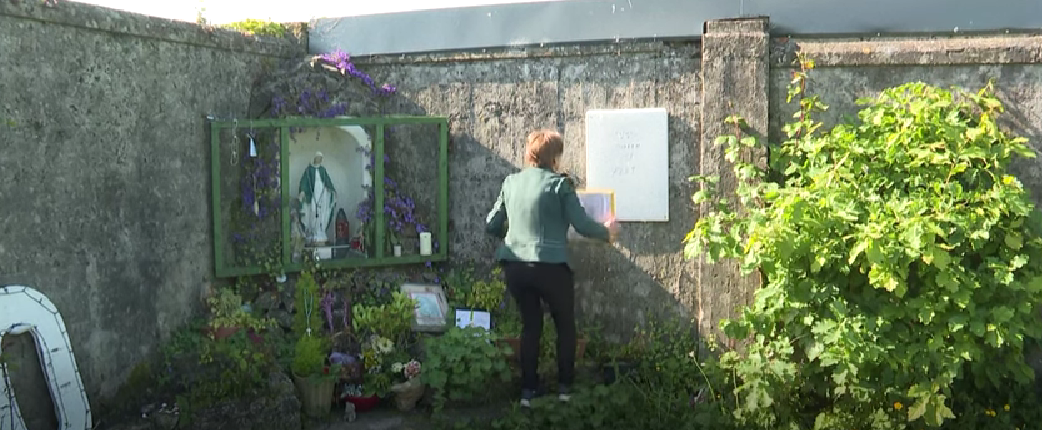
In a quiet town in Ireland, a small patch of land holds a heavy secret. For decades, stories whispered through Tuam, County Galway, about a place where hundreds of children were buried in silence.
Now, a forensic team is digging to uncover the truth. This site, once home to the Bon Secours Mother and Baby Home, is believed to hold the remains of nearly 800 babies and young children.
What happened here, and why are these discoveries so important? Let’s explore the details of this ongoing excavation and what it means for Ireland’s history.
Mother and Baby Home Excavation: A Dark Chapter in Ireland’s History
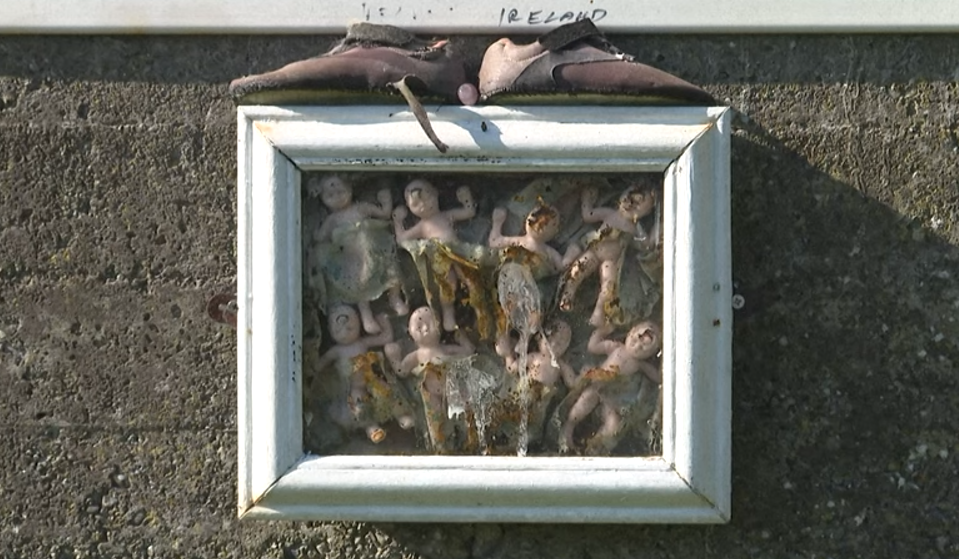
From 1925 to 1961, the Bon Secours Mother and Baby Home in Tuam was a place for unmarried mothers and their children.
Run by Catholic nuns, it was one of many such homes in Ireland where women faced shame for having children outside marriage.
Many of these mothers were separated from their babies. The babies then were often put up for adoption or died under poor conditions.
Local historian Catherine Corless uncovered a shocking truth: 798 children died at the home, but only two were buried in a nearby cemetery.
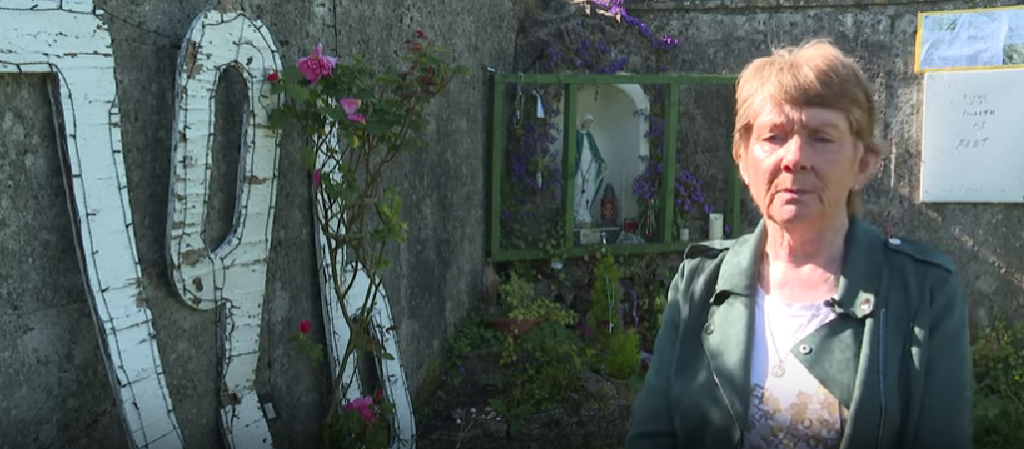
The rest are believed to have been placed in a disused sewage tank, called “the pit.” This discovery, first revealed in 2014, exposed a painful part of Ireland’s past.
This is where societal and religious attitudes led the mistreatment of vulnerable women and children.
The excavation, which began on June 16, 2025, is led by Daniel MacSweeney and the Office of the Director of Authorised Intervention (ODAIT).
The team is carefully digging to recover remains, using DNA testing to identify as many as possible. The process could take up to two years because the site is complex, with remains possibly mixed with those from the Great Famine of the 1840s.
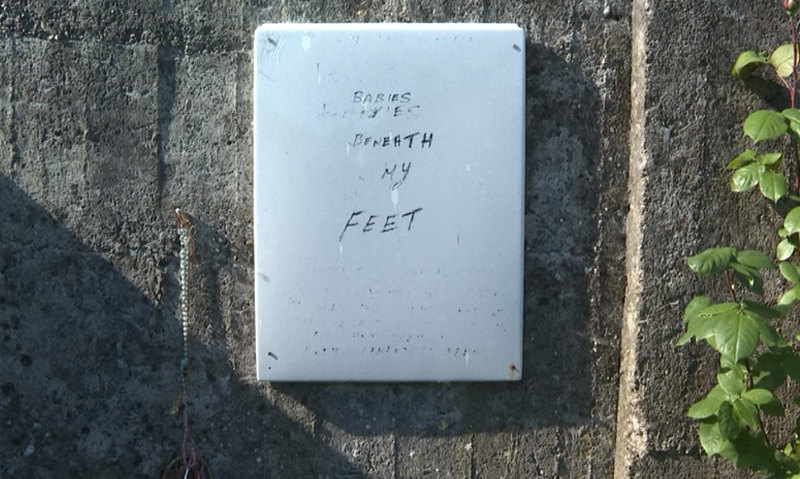
The goal is to give these children a dignified burial, something they were denied decades ago. For families like Annette McKay’s, whose mother lost a baby named Mary Margaret at the home in 1942, this work offers a chance for closure and respect for their loved ones.
A Step Toward Healing and Justice
The Tuam excavation is more than just a dig; it’s a step toward acknowledging a painful history.
The Irish government issued a formal apology in 2021, with Taoiseach Micheal Martin admitting the country’s “warped attitude” toward unmarried mothers and their children.
The Bon Secours Sisters, who ran the home, also apologized, admitting they failed to respect the dignity of those in their care.
The excavation aims to identify remains and return them to families when possible. For those that cannot be identified, a respectful reburial is planned.
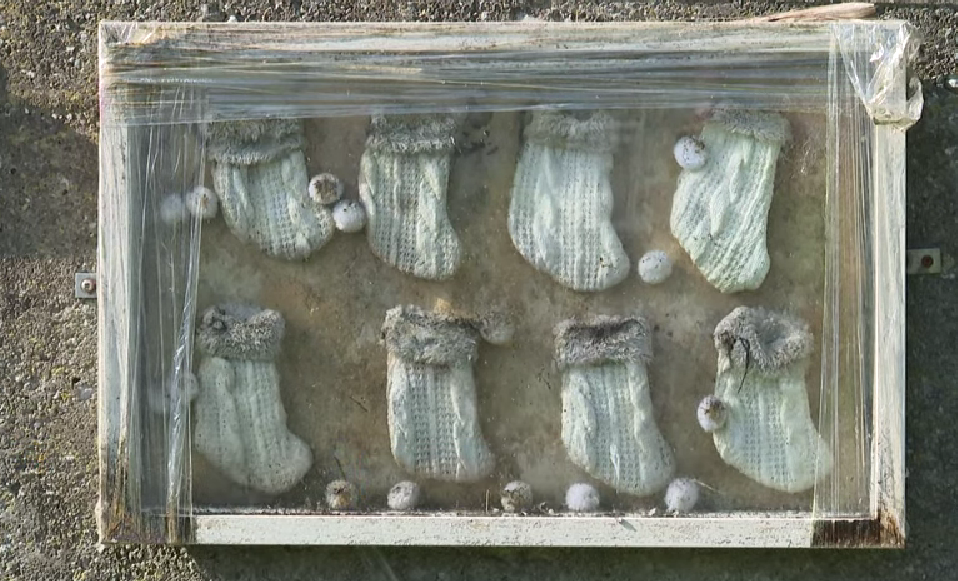
This work has stirred deep emotions in Tuam and beyond. Catherine Corless, whose research sparked the investigation, has expressed relief that the excavation is underway after years of effort.
Survivors and families hope it will bring answers and peace. The site, now in a modern housing estate, is sealed off with high fencing to ensure the work is done carefully and respectfully.
The community is grappling with the legacy of this tragedy. It is asking how such treatment of children could have happened in a place meant to care for the vulnerable.
The Tuam Mother and Baby Home excavation is a reminder of the importance of facing difficult truths. As the forensic team continues its work, Ireland is taking steps to honor the memory of these children and support the families left behind.
The families and survivors of the Tuam Mother and Baby Home have been awarded compensation exceeding £30 million.
This effort is not just about uncovering remains but about restoring dignity to those who were forgotten.
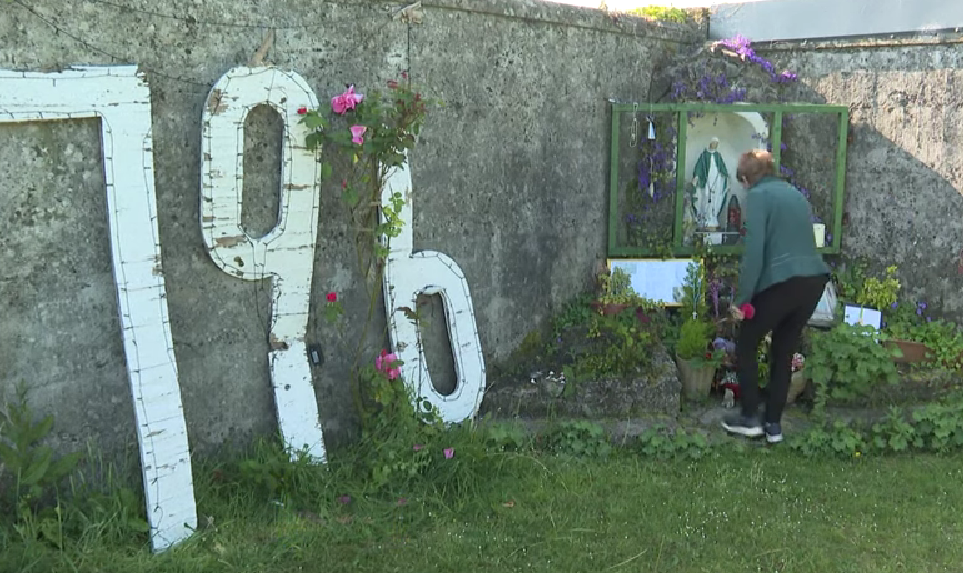
You might also want to read: Deadly School Shooting in Southeastern Austria Leaves Multiple Dead, Including Suspect


